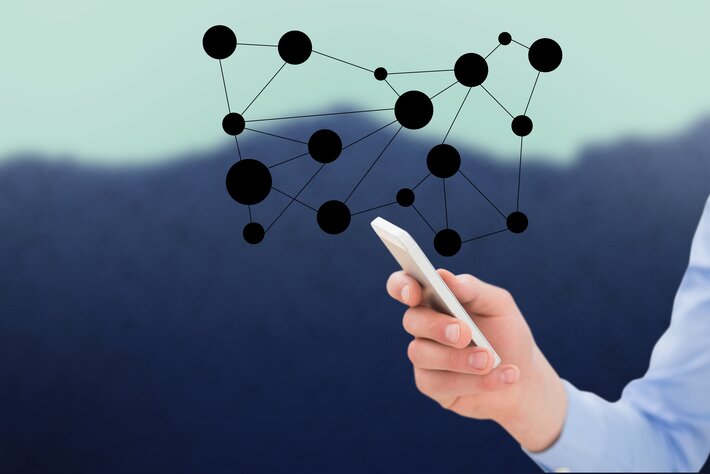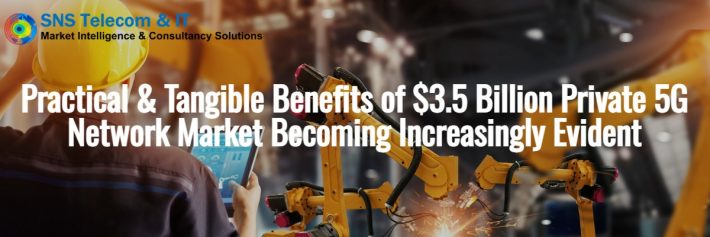W-Locate, a company offering M2M telematics, big data, cloud computing and location intelligence to enterprises, has reported its trends for the evolution of the 21st century Smart City. These are based on the ongoing discussions the company is having with operators, businesses and government bodies.
With M2M, telematics and the Internet of Things (IoT) set to make cities smarter, W-Locate has outlined five key characteristics that will shape the future of smart cities.
1. Improved responses times for emergency services with increased indoor and outdoor tracking
Emergency services response times will improve dramatically in tomorrow’s Smart Cities. With better indoor and outdoor location technology from hybrid solutions, emergency first responders will know exactly where they need to be. This will not only increase health care provision but could play a major role in lowering crime rates too.
2. Smarter city planning
Smart Cities of the future will not organically evolve as current large conurbations have. With the use of population density heat maps, governments and local authorities can intelligently design city infrastructure. Public transport managers will also use heat maps to plan and update routes to better match the actual – and future – needs of commuters.
3. Improved energy consumption
With energy consumption continuing to be a big issue, Smart Cities will efficiently and dynamically monitor and alter their power usage. With knowledge and understanding of people’s habits and location, cities will know when, what and where power can be saved as demand fluctuates and changes over the course of a day.
4. Combating fraud
Smart Cities will play a crucial role in the fight against fraud. With the launch of initiatives like GSMA’s OneAPI, and further improvements in location-based technology, banks and credit card companies can use location data as an extra form of verification on transactions. Knowing where their customers are and where transactions are taking place will help prevent fraud, leading to billions of dollars each year in savings.
5. Safer cities
With the high financial and time costs, tracking individuals who pose a security risk is currently a difficult task. New hybrid location tracking technologies that can accurately track individuals in both indoor and outdoor environments will provide the security services with a new tool in protecting people and keeping cities safer.
Stevie Ooi, CEO of W-Locate commented: “From our consultations with government bodies, city planners and mobile network operators we’ve seen a number of trends around Smart City emerging. Smart Cities will be safer, more power efficient and better designed than anything we have seen . Many of these improvements will come from location-based services and the data they provide. In particular new hybrid, SIM-based LBS solutions that can provide both indoor and outdoor location data from any SIM card will revolutionise the cities we live in.”
He continued: “Our own SIM-based LBS solution XimLoc was developed with these needs in mind. As it is highly scalable, customisable and has support for 3rd party APIs, XimLoc is future proofed and ready for deployment in Smart Cities around the world.”
From March the 2-5 at Mobile World Congress, W-Locate will be showcasing its SIM-based LBS solution XimLoc. Live demonstrations will include:
- A Live heat map from Singapore showing how the population move across the island nation throughout the day, and
- Live tracking of real individuals at work in Singapore.










